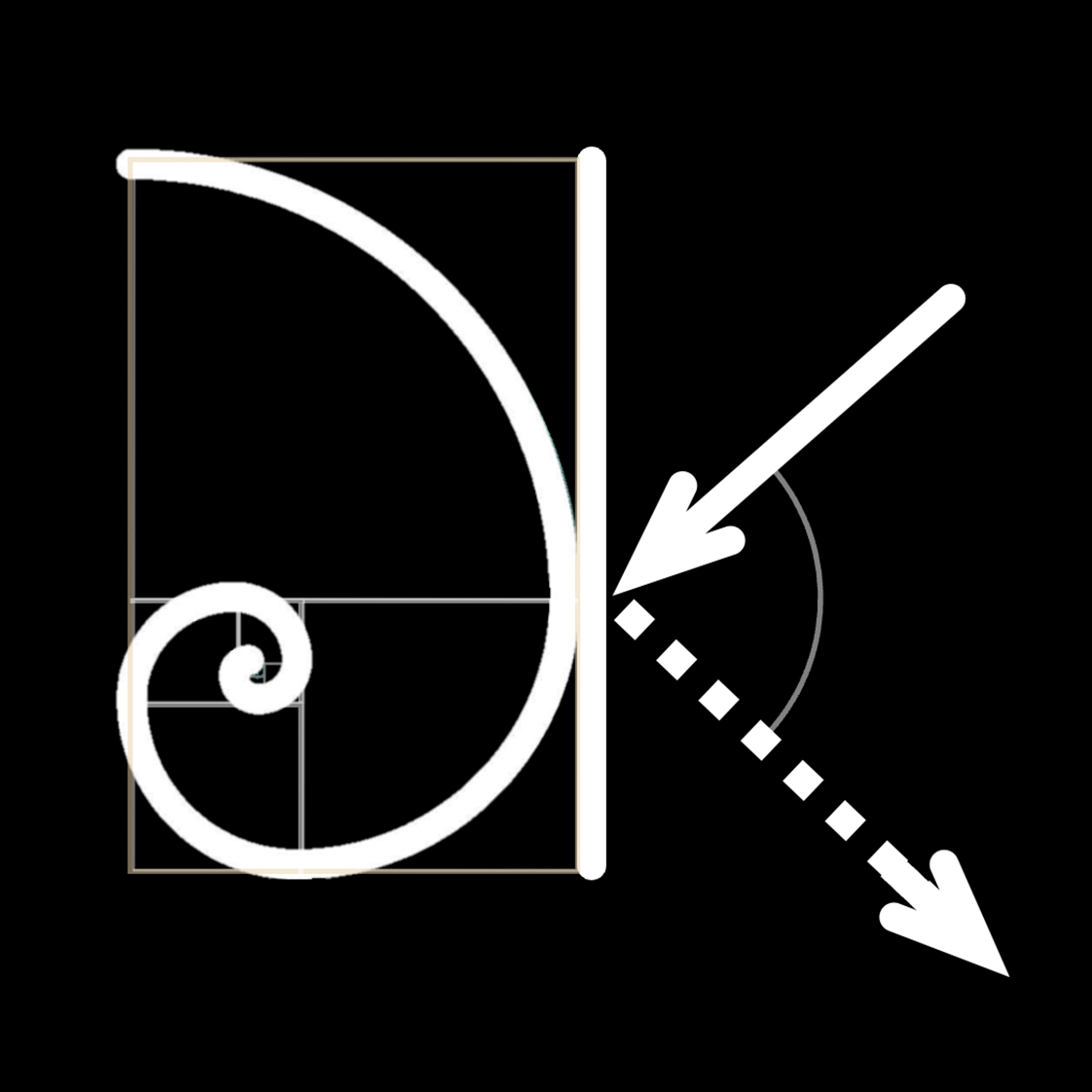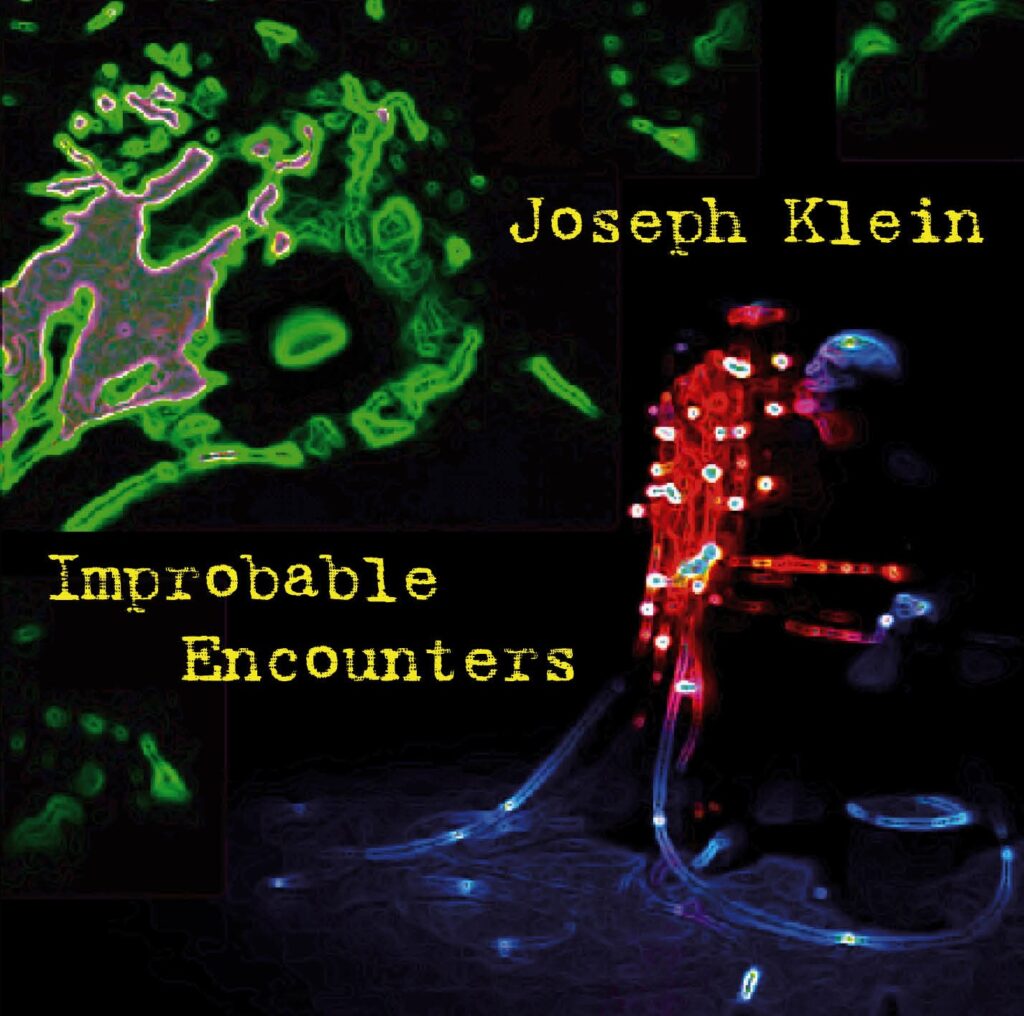Pathways III: Interior Shadows
Complete Work Title:
Pathways III: Interior Shadows
Performance Medium:
solo soprano saxophone and chamber orchestra: flute (dbl. alto flute), flute (dbl. piccolo), oboe, English horn, Bb clarinet, Bb bass clarinet, bassoon, 2 horns, 2 Bb trumpets, trombone, 2 percussion, strings (33221).
Duration:
20:00
Date Composed:
December 1994 – March 1995 (revised May 1995)
Dedication:
to Heidi, Gabriel, and Maxwell
Movements:
- Dissolution
- mercurial tides
- lattice
- Elusion
- paroxysm & obsession
- epicedium (a loss unknown)
- Conflux
- spiral jetty
- rencontre
- tin maelstrom
Additional Information:
- Composed for saxophonist Eric Nestler.
- Supported by grants from the American Composers Forum/Jerome Foundation (Composer Commissioning Program), American Music Center (Margaret Fairbank Jory Copy Assistance Grant), and a Faculty Research Grant from the University of North Texas..
- This work is part of an ongoing series of related concerti for solo instrument and chamber orchestra; additional information about this series, is included in the Projects section of this website.
- Included on the album Improbable Encounters (innova 873, 2014).
Recordings:
Eric Nestler, soprano saxophone; Nova Ensemble, conducted by the composer. Recorded April 1995, University of North Texas Voertman Hall (Denton, TX).
Kyle Stec, soprano saxophone; UNT student ensemble, conducted by the composer. Performed 18 March 2014, University of North Texas Voertman Hall (Denton, TX).
Program Note:
Begun in 1993, Pathways is a series of works for solo instrument and chamber orchestra which consists of a single, fixed accompaniment in the ensemble through which each of the featured solo instruments traverses a unique path. To date, four iterations of the work have been composed, featuring trombone, percussion, soprano saxophone, and piano. The conceptual metaphor for Pathways is that of a traveler’s unique and personal interaction with their surroundings on any given journey. Though a single road may be taken by several individuals (or by the same individual on different occasions), such factors as the time of day, climate, or the traveler’s mood can have a profound effect upon the experience and consequent response of the individual. In the Pathways series, the ensemble acts as a sonic landscape through which the soloist (i.e., “traveler”) wends its way. Because the solo part is intended to reflect the distinctive character of the featured instrument, the music within the accompanying ensemble is recontextualized in each version of Pathways, thus influencing the dynamic unfolding of the overall work.
The third in the series, Pathways III: Interior Shadows was composed for saxophonist Eric Nestler, who first performed the work on 31 March 1995 at the University of North Texas, with the composer conducting the Nova Ensemble. In this version of the work, the saxophone soloist acts as a commentator, mirroring and elaborating upon the material presented within the orchestra. The titles of the three primary movements are intended to reflect the various tendencies within the music: a gradual disintegration in Dissolution, a sense of absence in Elusion, and a coming together in Conflux. Dissolution is in two sections: the first, mercurial tides, is characterized by a constant ebbing and flowing in the solo saxophone part, which in turn creates ripples of increasing intensity throughout the orchestra; in lattice, the music disintegrates into isolated points, through which the saxophone weaves its restless melody. A cadenza in the saxophone leads into the second movement, Elusion, which is also in two sections: paroxysm & obsession, a sudden disruption consisting of isorhythmic patterns in brass and percussion, which influence the course of the melody in the solo saxophone; and epicedium (a loss unknown), an elegiac response to a tragic incident that occurred to a colleague during the work’s composition. A second saxophone cadenza leads into the third movement, Conflux, which is in three sections: spiral jetty is named for an earth work created at the Great Salt Lake in Utah in 1970 by American artist Robert Smithson (1938-73), and long since worn away by the effects of nature; the incongruity of this temporary artificial monument elegantly thrust upon its desolate natural surroundings, the process of erosion, and the concept of “jetty” itself are all referenced in this section. In rencontre, the woodwinds and brass are in direct conflict, with the saxophone soloist acting as mediator. Another cadenza in the saxophone leads into tin maelstrom (the title borrowed from a line in John Ashbery’s collection of poems Self-Portrait in a Convex Mirror), in which the soloist attempts to pass unscathed through the overwhelming turbulence in the orchestra, ultimately to have the final comment in the subdued coda, seemingly leaving off where the work began.
The Pathways series is dedicated to my wife, Heidi, and my sons, Gabriel and Maxwell, and was supported by a CCP Grant from the American Composers Forum (funded by the Jerome Foundation) and a faculty research grant from the University of North Texas. It is included on the album Improbable Encounters (innova 873, 2014).
Performance/Broadcast History:
| Date | Venue | Location | Performer(s) |
|---|---|---|---|
| 18 March 2014 | University of North Texas | Denton, TX | Kyle Stec, saxophone; UNT student ensemble; Joseph Klein, conductor |
| 10 April 1995 | University of North Texas | Denton, TX | Eric M. Nestler, saxophone; NOVA Ensemble; Joseph Klein, conductor |
| 31 March 1995 | University of North Texas—North American Saxophone Alliance Conference | Denton, TX | Eric M. Nestler, saxophone; NOVA Ensemble; Joseph Klein, conductor |




